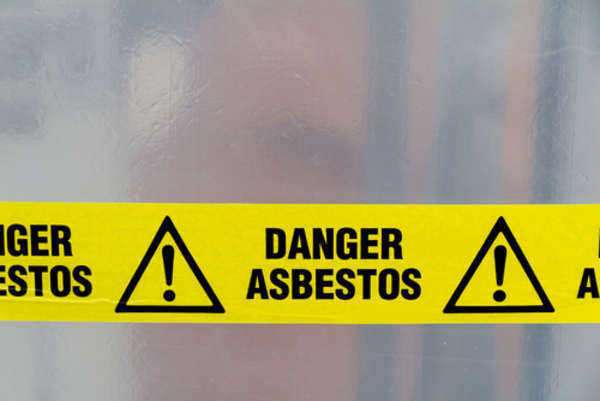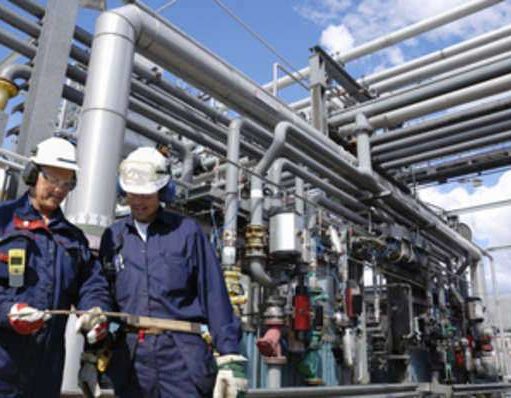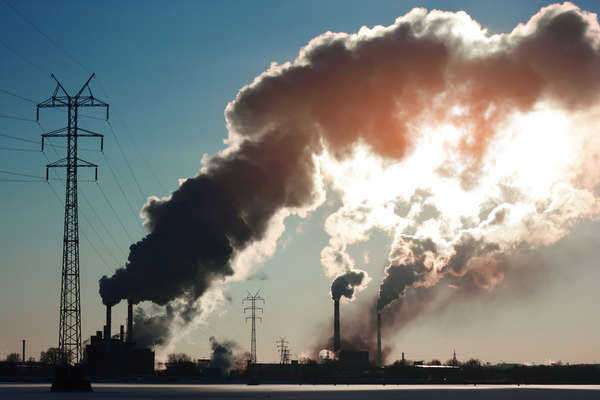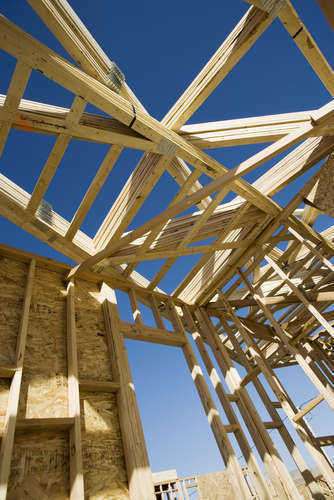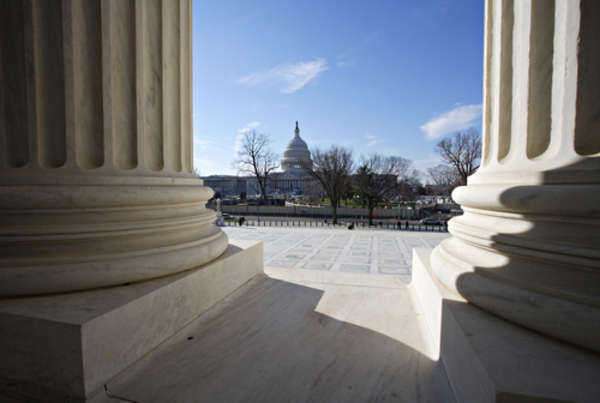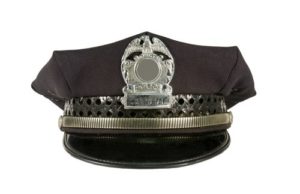What is the W.R. Grace and Company?
Headquartered in Columbia, Maryland, the W.R. Grace and Company is a chemical conglomerate, comprised of two primary divisions: Performance Chemicals and Davison Chemicals. The Davison unit of the W.R. Grace and Company is responsible for making chemical catalysts, silica-based products and refining catalysts that enable other entities to make products from refined crude oil. The Performance Chemicals unit of the W.R. Grace and Company makes concrete and cement additives, packaging sealants and fireproofing chemicals. Customers of this unit include: construction firms, chemical companies and oil refiners.
The W.R. Grace and Company describes their operations as the premiere specialty materials and chemicals company in the world. The W.R. Grace and Company employs more than 6,500 employees in over 40 international offices throughout the world. The company boasts annual sales of roughly 2.6 billion dollars. The company, under ‘GRA’, trades on the New York Stock Exchange, where it has been listed since 1953.
Products and Subsidiaries of the W.R. Grace and Company:
Products and subsidiaries associated with the W.R. Grace and Company include:
• The Grace division produces:
o Silica products
o Industrial catalysts (IE Raney nickel)
• The Grace Performance Chemical Division:
o Assortment of Grace Construction Products
§ Concrete Pigments
§ Air and Vapor barriers
§ Concrete fibers, concrete admixtures and grinding aids
§ Fireproofing materials
§ Structural, waterproofing membranes and bituminous materials
o Residential Building Materials
§ Flashings for doors, windows, decks and roof detail areas and an assortment of roofing membranes
§ Darex, including closures, coatings and sealants for canned foods and soft drink cans
The W.R. Grace and Company, through the production of the above products, has been involved in several controversial incidents of proven and alleged corporate crimes, including exposing residents of entire towns—as well as their workforce—to asbestos fibers. These contamination cases, most notably, took place in Troy and Libby, Montana.
Asbestos Products Produced by the W.R. Grace and Company:
Several of the asbestos-containing materials manufactured by the W.R. Grace and Company were originally intended to be used in the construction industry. Aside from special building materials, asbestos-containing materials manufactured by the W.R. Grace and Company also included plaster, fireproofing materials, additives for cement and roofing materials.
The majority of the products the W.R. Grace and Company produced were meant to be exported, primarily to take advantage of the corporation’s wide-ranging interests. The W.R. Grace and Company bought and sold several businesses, ranging from retail outlets, banks, airlines, restaurants, and wholesale book distributors. Examples of asbestos-containing materials manufactured by the W.R. Grace and Company include:
§ Ex Tex
§ Econo-white
§ Monokote Cement
§ High Temperature Insulating Cement
§ Zono-Coustic
§ Zonolite Fireproofing
§ Perltex Super-40 Perlite
§ Perltex Spray Surfacer
§ Zonolite Plaster
§ Zonolite Cement
§ Z-tex
§ Zonolite Spra-Tex
§ Zonolite Accoustical Plaster or Plastics
The W.R. Grace and Company and Asbestos:
Although the W.R. Grace and Company does not currently make asbestos-based products, the corporation has faced more than 270,000 asbestos-related suits. More than half of these asbestos lawsuits have been dismissed our settled out of court—approximately 120,000 asbestos lawsuits remain pending.
Asbestos injury claims doubled in 2000; because of this, the W.R. Grace and Company was forced to file for bankruptcy protection a year afterwards. The United States department of Justice claimed that the W.R. Grace and Company transferred between 4 to 5 billion dollars to sister and daughter companies that it had recently acquired before the bankruptcy filing. The attorneys for the Justice department claimed that this financial maneuver was a fraudulent transfer of funds that was initiated to protect the W.R. Grace and Company from asbestos suits. Coordinating bankruptcy courts ordered each company to return the transferred funds.
In 2005, the United States Department of Justice filed a criminal action against the W.R. Grace and Company. In February of the same year, the department announced that a grand jury in the state of Montana formally indicted the W.R. Grace and Company—along with seven Grace Executives—for knowingly putting residents of Libby, Montana at risk of asbestos exposure. In addition to exposure, the W.R. Grace and Company was charged with concealing information regarding the health effects of its asbestos mining initiatives. According to the federal indictment, the W.R. Grace and Company and its executives, attempted to conceal information—as far back as the 70’s—concerning the adverse health effects of the corporation’s vermiculite mining operations and their distribution of vermiculite in Libby Montana. The W.R. Grace and Company was also accused of obstructing the federal government’s cleanup efforts in Libby. Currently, according to the charges, roughly 1,200 residents of Libby, Montana have been formally identified as suffering from some sort of asbestos-related disease.
The formal criminal trial commenced in February of 2009, following years of pretrial hearings, some of which were heard in the United States Supreme Court. In May of the same year, the W.R. Grace and Company was acquitted of knowingly placing the people of Libby, Montana at harm of asbestos exposure. The chairman, president and CEO of the W.R. Grace and Company (Fred Festa) claimed that the company worked hard to keep the operations in direct compliance with state and federal asbestos laws. In turn, government lawyers claimed that the W.R. Grace and Company was responsible for an unparalleled asbestos case, where a whole community was sickened or killed by environmental crimes.
In addition to asbestos suits, The W.R. Grace and Company has a long history of environmental crimes; these crimes were the basis for a series of non-fiction books, most notably “A Civil Action” which later turned into a popular motion picture.
The W.R. Grace Company is regarded as one of the largest asbestos produces in American history. In 1963, the company purchased hundreds of vermiculite asbestos mines and a processing plant in Libby, Montana–these mines maintained functionality until 1990. Vermiculite is a naturally-occurring mineral that is mined from raw ore deposits. The mining method used for vermiculite is very similar to asbestos mining practices.
In Libby, Montana, the W.R. Grace and Company employed up to 200 people to produce over 200,000 tons of vermiculite a year. These mines were eventually shut down in 1990 after large amounts of airborne asbestos fibers were discovered. This discovery opened floodgates; the exorbitant levels of airborne asbestos fibers served as the dominant factor to explain the overwhelming number of residents in Libby, Montana diagnosed with asbestos-related diseases. Because of this link, the W.R. Grace and Company faced a steady stream of asbestos lawsuits.
Vermiculite found in the mines was utilized for a number of common construction products. Unfortunately, these mines were a source of asbestos fibers, which of course, posed a significant health risk to any individual working or living in close proximity. The life expectancy of Libby residents precipitously dropped. More than 500 Libby residents died from asbestos exposures in the Grace mines and roughly 1,500 residents fell ill.
As a result of the trial, the W.R. Grace and Company was required to pay the United States Federal Government over $54 million to compensate for cleanup costs related to the Libby mines. The mine was ruled to contaminate schools, residences and businesses in Libby, Montana. Approximately $6 million of the site was earmarked for mortality analyses and medical testing for residents of Libby, Montana who had developed an asbestos-related disease or who had passed away after the mining operations commenced.
In June of 2009, the Environmental Protection Agency declared a Public health Emergency in Libby and Troy, Montana. Widespread asbestosis diagnoses among the residents of these communities were said to hundreds of times higher than the national average.
What Should I Do If I am Exposed to Asbestos by the W.R. Grace & Company?
Individuals who worked at the W.R. Grace & Company vermiculite mines in Montana may have been exposed to asbestos filaments. When airborne asbestos is inhaled it sticks to the lining of the lungs. These human carcinogens eventually eat away at the body’s protective tissues, forming cancer or other asbestos-related diseases. Asbestos is directly related to malignant mesothelioma cancer, lung cancer and asbestosis. If asbestos-related materials or products from the W.R. Grace and Company have affected you or a loved one in the past please call (800)-515-2270 to speak with patient advocates to file claims and/or go over your options.
